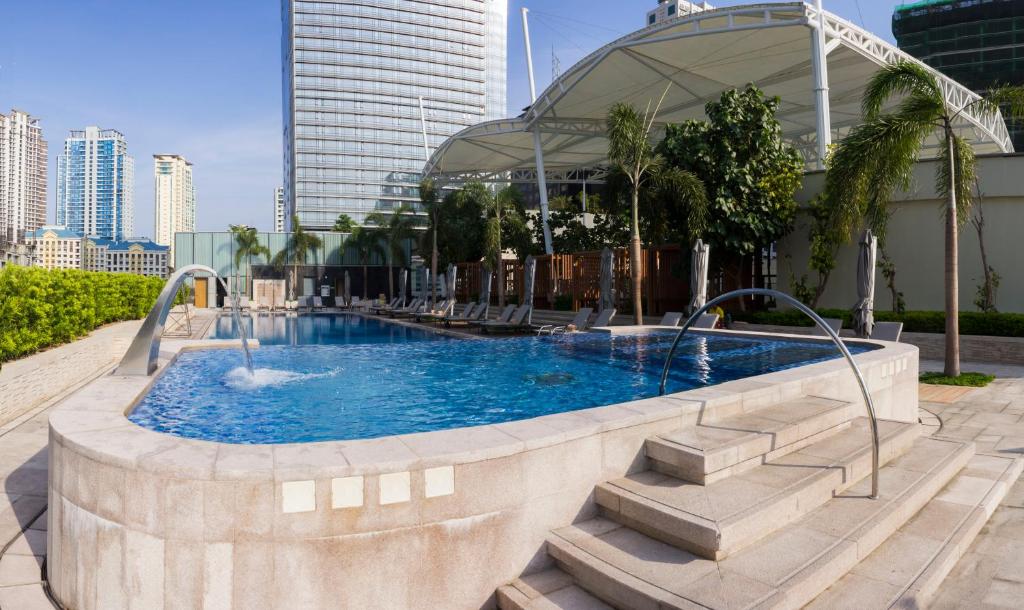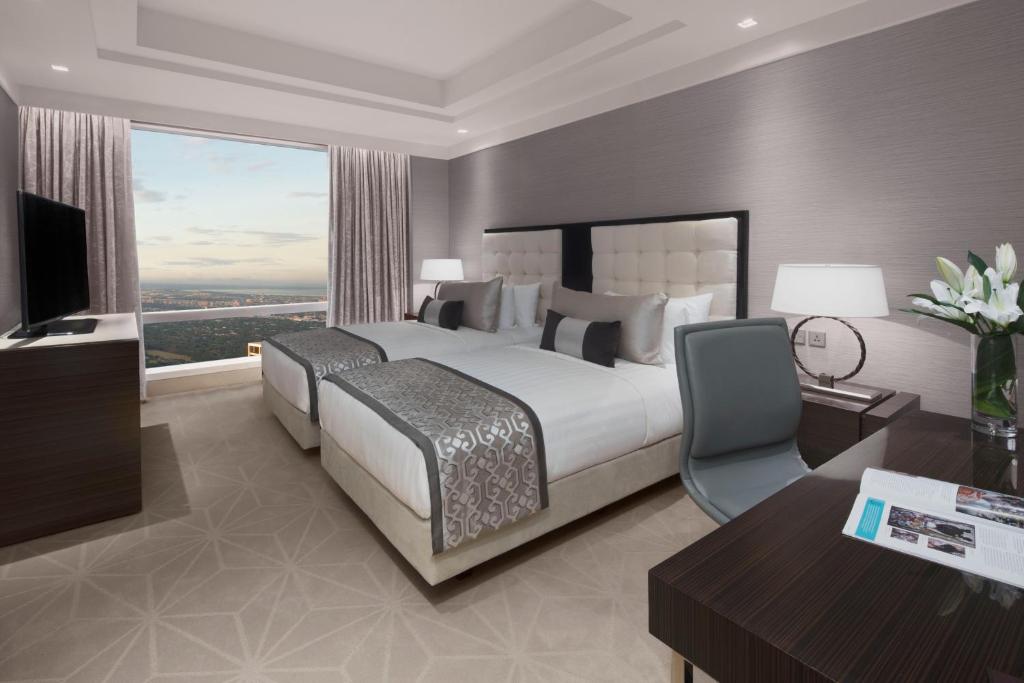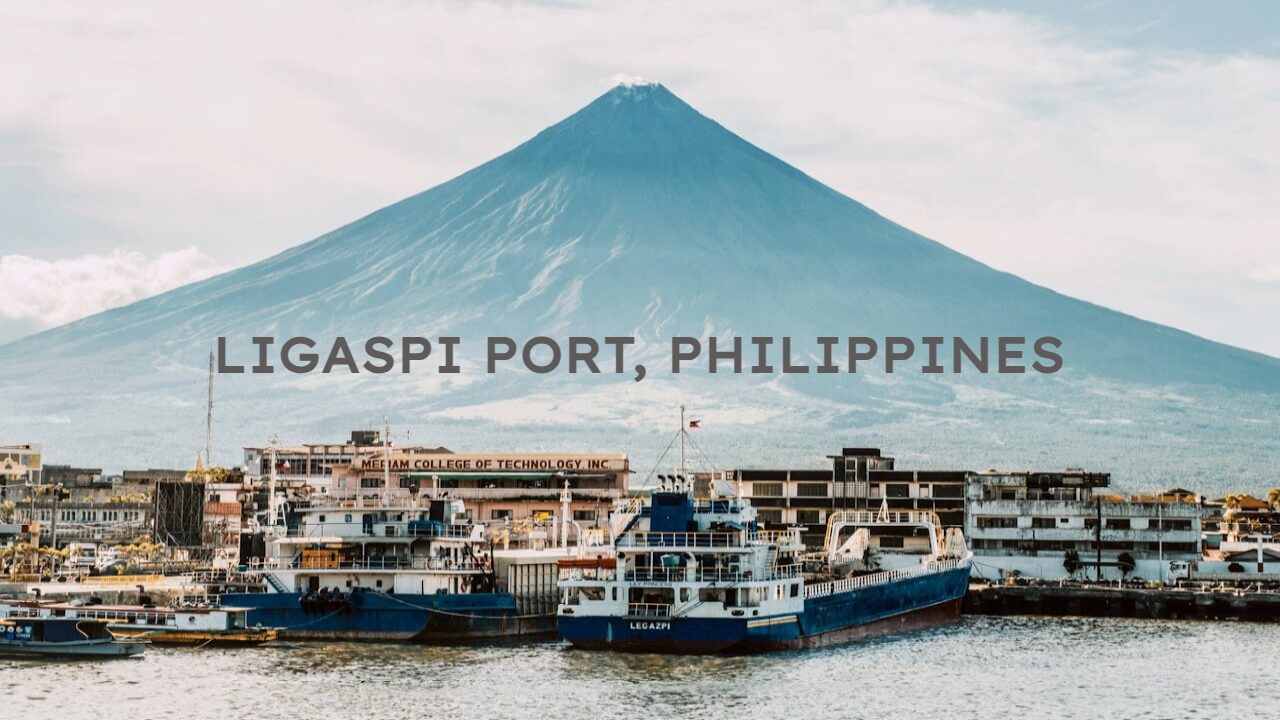The economy is followed by industry (including manufacturing, construction, and mining), and agriculture. The country has seen steady growth over the past few years. Its ongoing challenges are high poverty and inequality, infrastructure development challenges, and corruption. The government is actively implementing reforms to tackle these obstacles and enhance opportunities for foreign investment.
Photo by Alexis Ricardo Alaurin:
Economy
An economy is the production, distribution, exchange, and consumption of goods and services in a society. There are various types of economies, including:
- Capitalism: Characterized by private ownership and free markets.
- Socialism: Characterized by government control and ownership of the means of production.
- Mixed economy: A blend of capitalist and socialist principles.
- Command economy: Characterized by a central authority directing all economic activity.
- Market economy: Characterized by supply and demand determining prices.
Evaluating an economy’s performance commonly involves assessing metrics like gross domestic product (GDP), unemployment rate, inflation rate, and trade balance. The well-being of an economy is susceptible to various factors, including governmental policies, natural calamities, and international occurrences.
a. Science and technology
The Philippine science and technology sector has made significant progress in recent years. The government has made a strong push towards science, technology, engineering, and mathematics (STEM) education and research. Major initiatives include the establishment of the Department of Science and Technology. The science and technology establishment of parks and additional resources towards research and development have been key initiatives in fostering innovation. Moreover, significant investments have been made by the private sector to drive advancements in technology, particularly in areas such as information and communication technology, electronics, and biotechnology. Despite these efforts, the Philippines still faces challenges in developing its science and technology sector. These include a shortage of skilled professionals and limited access to funding and resources.
b. Tourism
Tourism plays a crucial role in the economic development of the Philippines, offering employment opportunities and generating income for a large portion of the population. The country has various natural wonders, including picturesque beaches, tropical islands, mesmerizing dive spots, and rich historical and cultural sites. Making it a popular destination for both local and international travelers. The government is working to promote the country as a tourist destination. Efforts have been made to enhance the tourist experience through enhancements in infrastructure development, such as airports and tourist facilities, and the enforcement of environmental protection measures. Despite a thriving industry, recent events, like the COVID-19 pandemic, have significantly impacted the Philippine tourism sector, resulting in reduced visitor numbers and revenue. The government is actively revitalizing the tourism industry and recovering from the aftermath of the pandemic.
Infrastructure
The Philippines’ infrastructure has been a priority for the government in recent years. The government has launched several major infrastructure projects, including new airports, seaports, and highways. As well as the rehabilitation and upgrade of existing infrastructure. Additionally, the government has been working to improve public transportation systems. And the development of a mass rail system in Metro Manila. In terms of energy, the government is promoting renewable energy sources. Such as solar and wind power, and working to improve the country’s power generation and distribution systems. Despite these efforts, the Philippines still faces challenges in developing its infrastructure. These include limited funding, corruption, and a lack of coordination among government agencies. Nevertheless, the government remains committed to improving the country’s infrastructure. To support economic growth and improve the quality of life for Filipinos.
a. Transportation
Transportation in the Philippines is primarily provided by road, air, and sea. The country’s road network consists of national highways and local roads, although many areas still lack adequate road infrastructure. The government has been working to improve road connectivity. Especially in rural areas, through the construction of new roads and the upgrading of existing ones. The Philippine air transport system is relatively well-developed, with multiple airports serving domestic and international flights.
The vast sea transport system, with multiple ports facilitating inter-island and international shipping. Public transportation in the Philippines comprises jeepneys, buses, and taxis, although the government is actively endeavoring to improve. To enhance and update the system, such as a mass rail system in Metro Manila. Despite these endeavors, the transportation sector in the Philippines continues to grapple with various challenges, such as traffic congestion, inadequate road safety, and limited affordable and accessible public transportation options, particularly in rural regions.
b. Water supply and sanitation
Water supply and sanitation in the Philippines are a concern for the government and the general public. Although there are several water sources such as rivers, lakes, and groundwater, Access to a safe and dependable water supply is still restricted, especially in rural regions. The government plans to enhance water supply and sanitation by building new water treatment plants, refurbishing existing facilities, and extending water distribution networks. However, the sector faces several challenges, including insufficient investment, aging infrastructure, and water loss due to leakages and theft. Sanitation is also a concern, with many communities still lacking access to proper toilet facilities and sewage treatment plants. The government is working to address these issues by improving the quality of services. Expanded access to water and sanitation services, especially in rural areas.
READ:
Where to Stay while in the Philippines
FACILITY
NEARBY ATTRACTION





Shangri-La Mactan, Cebu
Punta Engaño Road, Lapu-Lapu City, Cebu, Mactan Island, Cebu, Philippines, 6015
NEARBY ATTRACTIONS





Edsa Shangri-La, Manila
1 Garden Way, Ortigas Center, Mandaluyong City, Mandaluyong, Manila, Philippines, 1650
NEARBY ATTRACTIONS





Makati Shangri-La, Manila
Ayala Avenue corner Makati Avenue, Makati, Manila, Philippines, 1200
FACILTY
DINING





Shangri-La The Fort, Manila
30th Street corner 5th Avenue, Bonifacio Global City, Bonifacio Global City (BGC) / Taguig, Manila, Philippines, 1634
NEARBY ATTRACTIONS





Shangri-La Boracay
Barangay Yapak, Barangay Yapak, Boracay Island, Philippines, 5608
FACILITY
DINING





Sorry, we have no rooms at this property on your dates.
Shangri-La Residences The Fort, Manila
30th Street corner 5th Avenue, Bonifacio Global City, Bonifacio Global City (BGC) / Taguig, Manila, Philippines, 1634



Leave a Reply